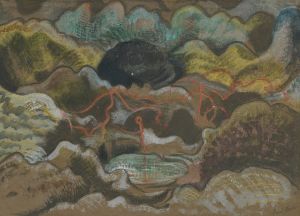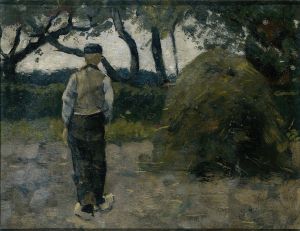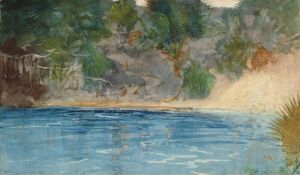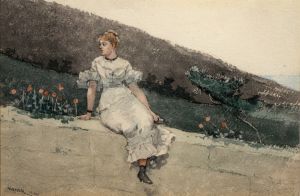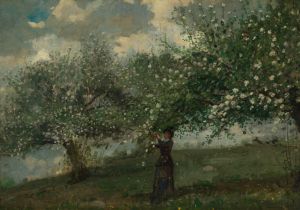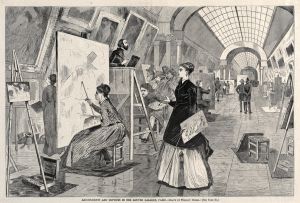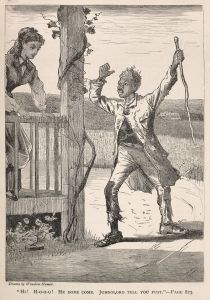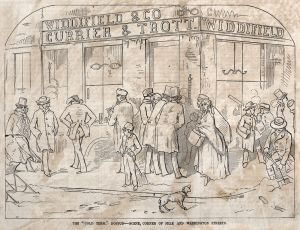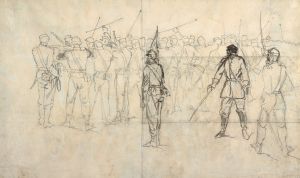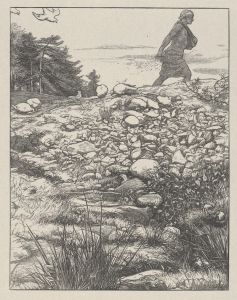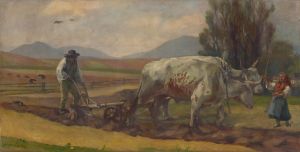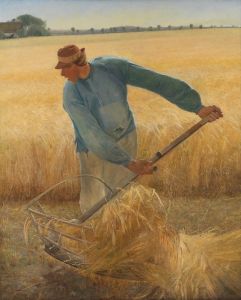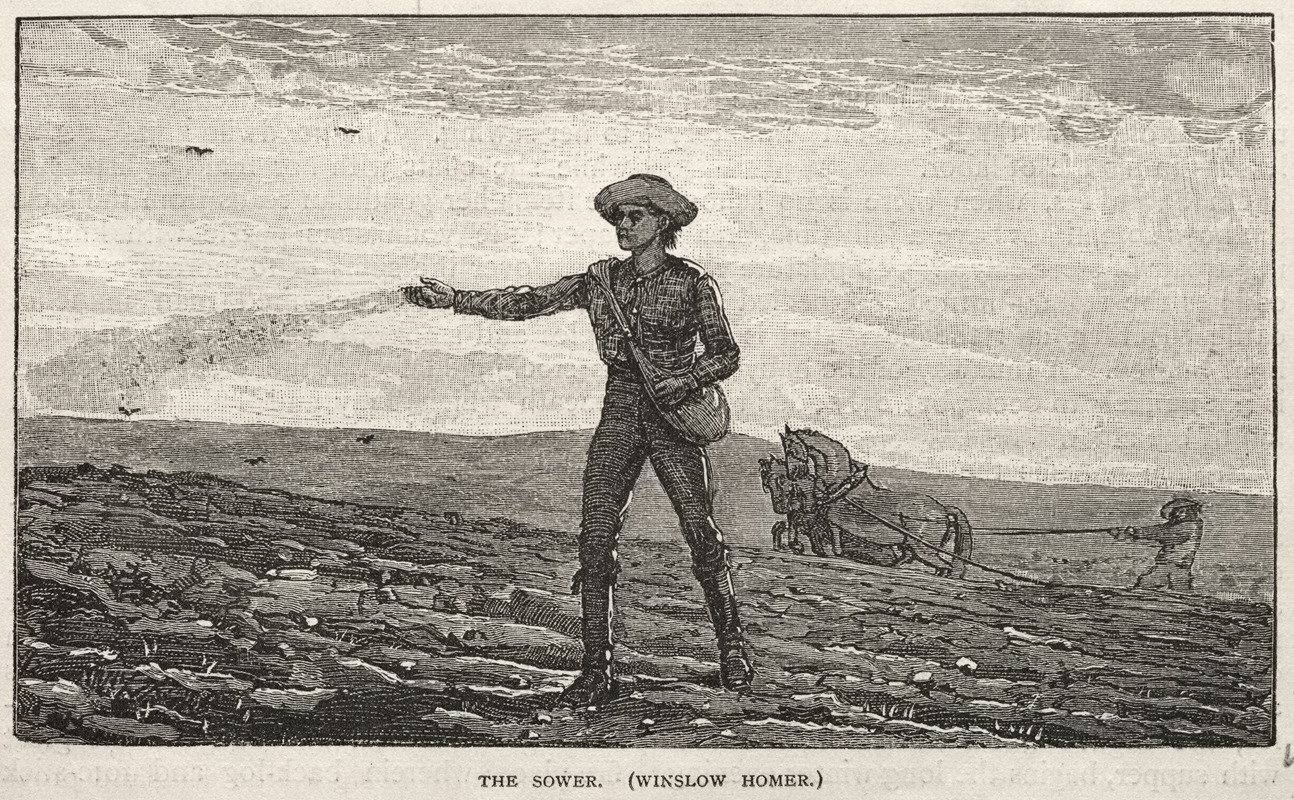
The Sower
A hand-painted replica of Winslow Homer’s masterpiece The Sower, meticulously crafted by professional artists to capture the true essence of the original. Each piece is created with museum-quality canvas and rare mineral pigments, carefully painted by experienced artists with delicate brushstrokes and rich, layered colors to perfectly recreate the texture of the original artwork. Unlike machine-printed reproductions, this hand-painted version brings the painting to life, infused with the artist’s emotions and skill in every stroke. Whether for personal collection or home decoration, it instantly elevates the artistic atmosphere of any space.
Winslow Homer, an American artist renowned for his contributions to realism and his depictions of American life, created The Sower in 1878. This work is a watercolor painting, a medium Homer frequently employed during his career, particularly in his later years. The painting portrays a solitary figure sowing seeds in a field, a timeless and universal subject that reflects themes of labor, nature, and human connection to the land.
Homer's The Sower is notable for its simplicity and directness, emphasizing the physical act of sowing rather than embellishing the scene with unnecessary details. The figure is dressed in work clothes, and the surrounding landscape is rendered with loose, fluid brushstrokes characteristic of Homer’s watercolor technique. The painting captures a moment of quiet industry, with the sower's movement suggesting both purpose and rhythm. The muted color palette and naturalistic tones contribute to the work's grounded and contemplative atmosphere.
This painting was created during a period when Homer was transitioning from his earlier career as an illustrator to becoming a full-time painter. By the late 1870s, he had begun to focus more on rural and agrarian themes, often depicting scenes of everyday life in the countryside. The Sower aligns with this thematic shift, showcasing Homer’s interest in the dignity of labor and the relationship between humans and their environment.
Homer's use of watercolor in The Sower demonstrates his mastery of the medium, which he had begun to explore more extensively during this time. Watercolor allowed him to work quickly and capture the immediacy of a scene, qualities that are evident in the dynamic composition and the interplay of light and shadow in this painting. His skillful handling of the medium helped elevate watercolor as a serious art form in the United States.
While The Sower is not as widely recognized as some of Homer’s other works, such as Breezing Up (A Fair Wind) or The Gulf Stream, it remains an important example of his ability to convey profound themes through seemingly simple subjects. The painting reflects Homer’s deep appreciation for the natural world and his sensitivity to the lives of ordinary people.
Today, The Sower is part of the collection of the Art Institute of Chicago, where it continues to be appreciated for its artistic and historical significance.





